
Aug 9, 2024
How to Choose a Photo Lens
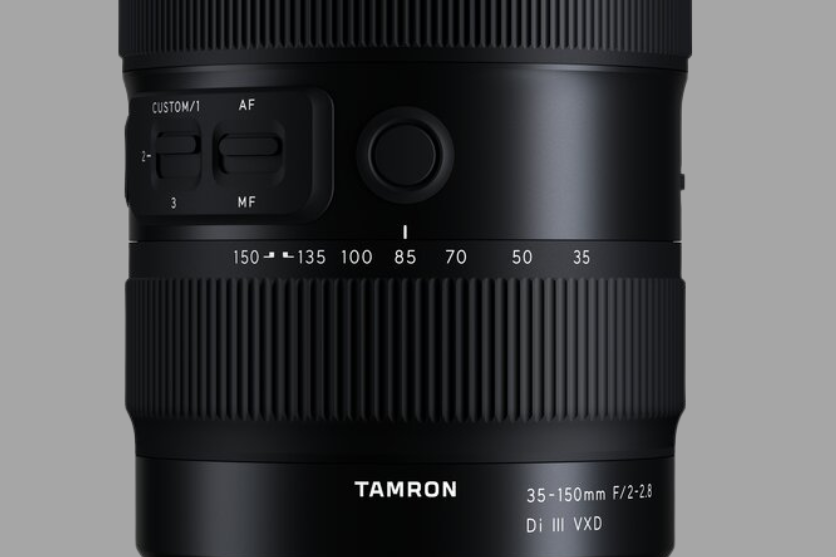
Understanding Focal Length
Angle of View and Focal Length
Whether you're using an SLR or a hybrid camera, one of the basic concepts you need to know about photography is focal length. When you use an interchangeable lens camera, you can take incredible images by playing with the field of view, the focus zone, and the intensity of the bokeh (background blur). To choose the right lens for your photography, it's important to understand the characteristics of the focal length, as the angle of view changes with it. There are a few essential notions to master if you want to take the photos of your dreams.
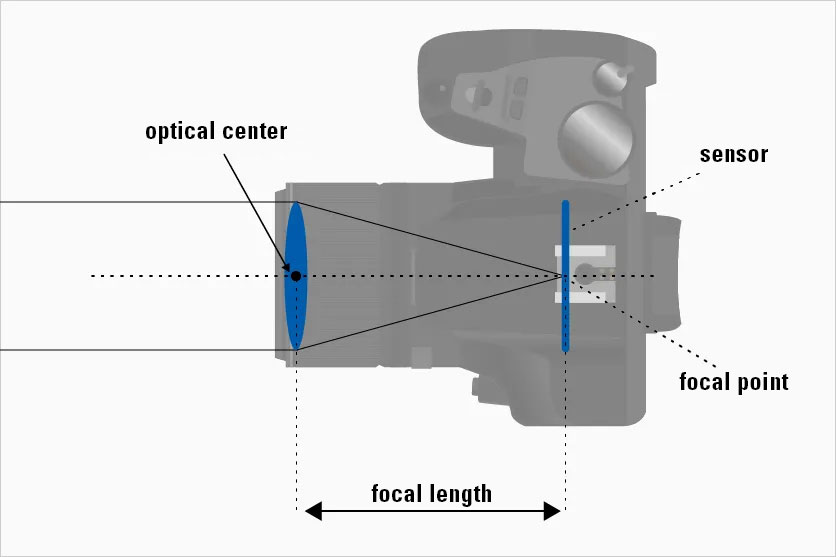
What is Focal Length?
Light propagates in a straight line. When light enters a lens, the point where it is concentrated is called the focal point. To capture the image formed at this focal point, a sensor is placed there. The focal length is the distance between the optical center of the lens and the camera sensor. It's an important value that characterizes a lens and defines image rendition.
Focal length is expressed in "mm."
As a general rule, the focal length is indicated on a camera lens. For a product name such as "28-75mm F/2.8," "xx mm" indicates the focal length. There are two types of lenses: fixed-focus lenses, which have a single focal length, and zoom lenses, which have a variable focal length. If the focal length is described by a range, such as "xx-xx mm," it's a zoom lens. For a fixed focal length, only a number is indicated, e.g., "xx mm."
Zoom example: 28-75mm F/2.8 Di III VXD G2 (Model A063)
Example of a fixed focal length: 20mm F/2.8 Di III OSD M1:2 (Model F050)
Viewing Angle Varies with Focal Length
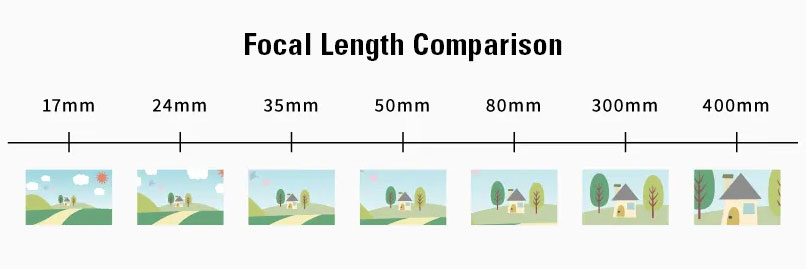
It's essential to bear in mind that the angle of view changes with the focal length. The angle of view is the angle of the area captured by the camera through the lens. The greater the angle of view (short focal length), the wider the area captured. Lenses can be roughly divided into three categories: wide-angle, standard, and telephoto. A standard lens can capture images at an angle of view close to that of the human field of vision. In general, lenses with a wider angle of view are called wide-angle lenses, and lenses with a narrower angle of view are called telephoto lenses. Focal lengths under 35 mm are generally classified as wide-angle lenses, lenses around 50 mm are called standard lenses, and lenses over 80 mm are telephoto lenses.
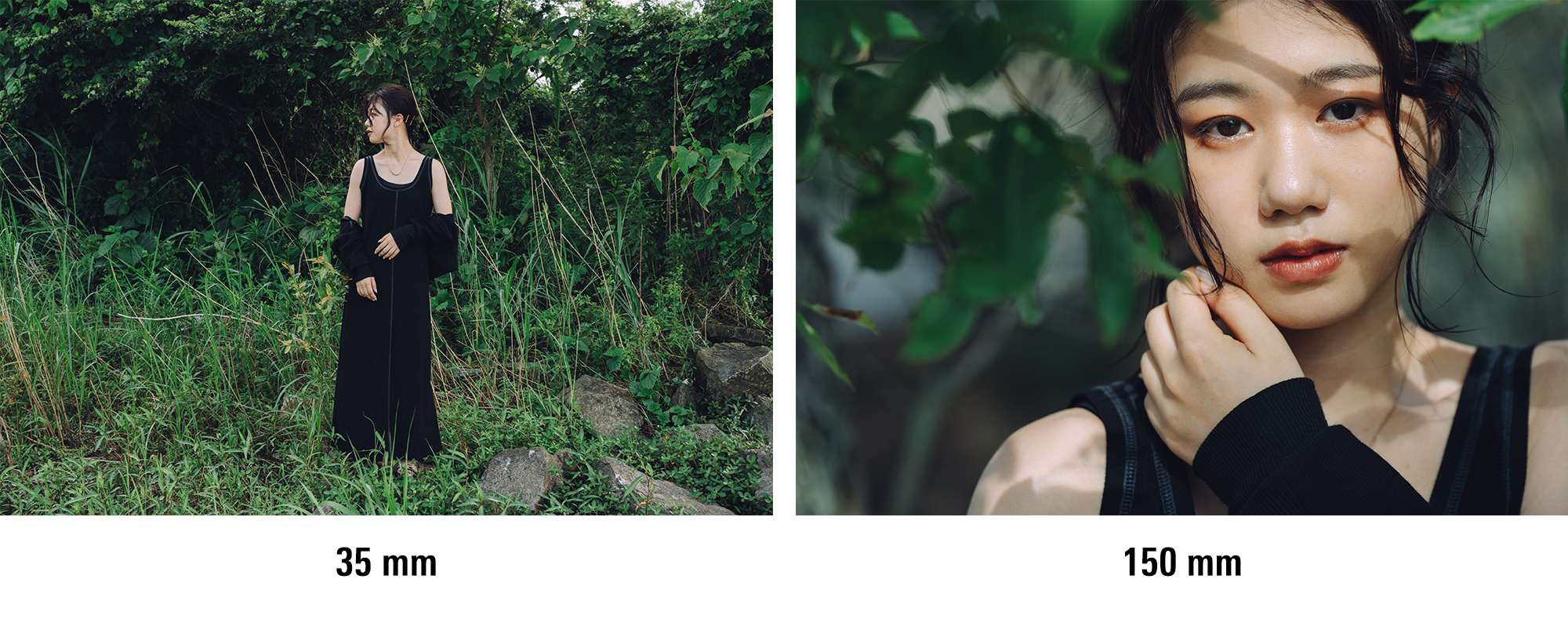
Above is an example of portraits taken with the TAMRON 35-150mm F/2-2.8 Di III VXD (model A058) at different focal lengths. A real difference in composition can be seen when the angle of view is changed. At wide-angle (35 mm), the subject and its surroundings are clearly visible. At telephoto (150 mm), on the other hand, the model's facial expression is more clearly perceived, and the bokeh (background blur) accentuates the subject's detachment from its environment. So, by modifying the focal length of a zoom lens, it's possible to create different angles of view for the same scene and capture different emotions.
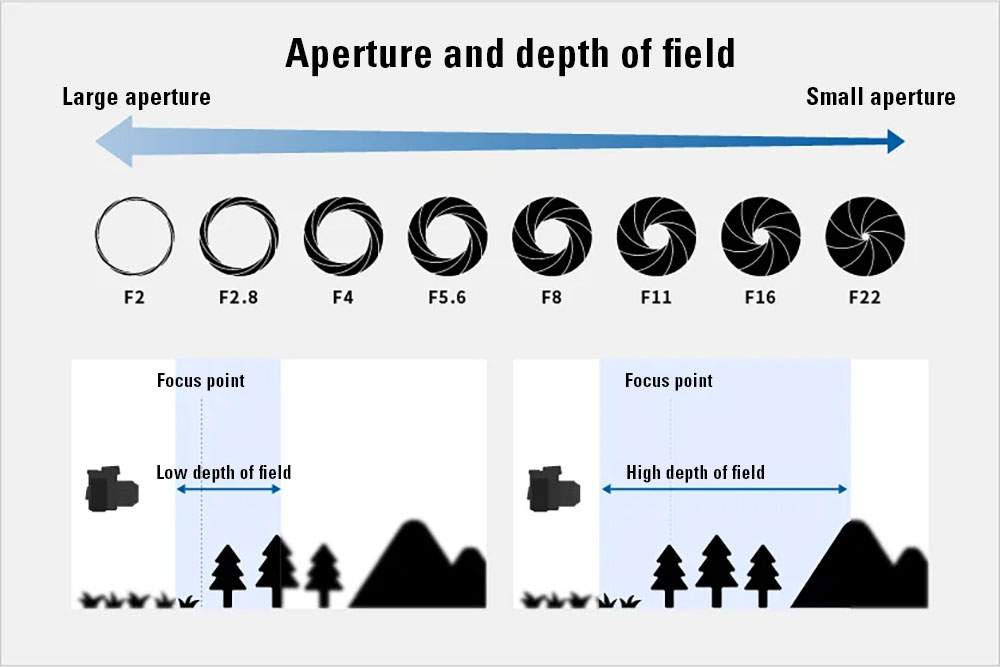
Depth of Field
Depth of Field Varies with Focal Length and Aperture
Depth of field is another characteristic of focal length. It refers to the area in which the image is in focus. A large depth of field means that the image appears to be in focus over a wide area, from the subject to the background, for example. Conversely, when the depth of field is shallow, only the subject is in focus, and the background appears blurred — this is the bokeh effect. The shorter the focal length of the lens and the larger the aperture (F-number), the greater the depth of field. This is why wide-angle lenses are ideal for landscape photography, as the short focal length increases depth of field and enables the photographer to capture many details of the composition. If the diaphragm is closed, the image will be sharp over the entire shooting area. On the other hand, because telephoto lenses have a long focal length and shallow depth of field, bokeh in the background of a subject is more pronounced. Using these bokeh effects, you can capture portraits and other images where the subject stands out from the background.
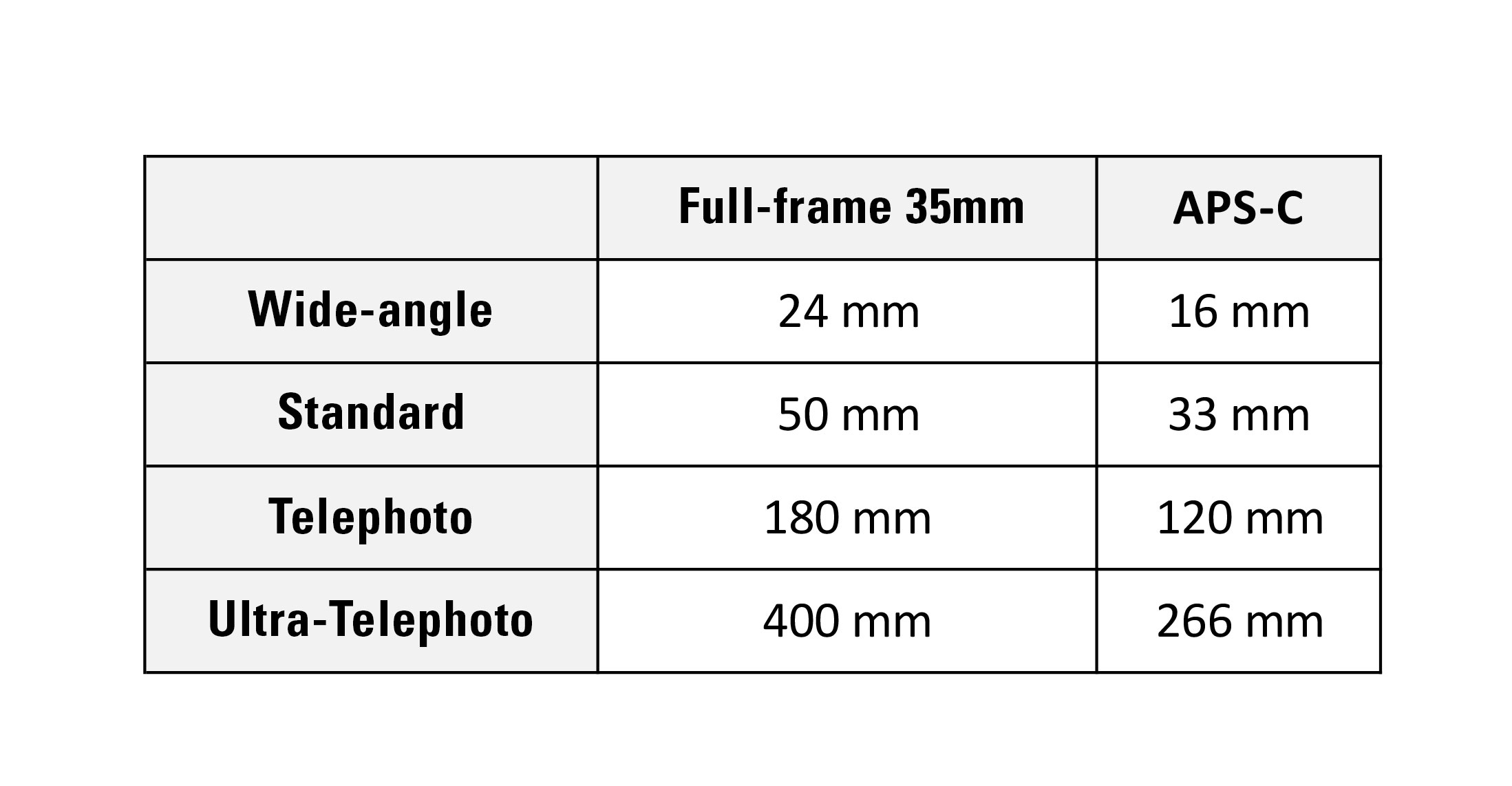
Sensor Size
What is a "35 mm Equivalent"?
As explained above, focal length is a very important number, but when choosing a lens, you also need to consider the size of your camera's sensor. On a digital camera, the light reaching the image sensor is stored as an electrical signal, which is then converted into a digital image. There are two main types of image sensors: full-frame 35 mm and APS-C. The size of a full-frame 35 mm sensor is 36 mm x 24 mm. The larger the sensor, the larger the area that can be captured with greater sensitivity and richer gradation. By contrast, the size of an APS-C sensor is slightly smaller (23.5 mm x 15.6 mm*), enabling a narrower area to be captured. *APS-C image sensors vary in size depending on the camera. Consequently, you'll need a lens that's compatible with your camera's sensor size. If you're using an APS-C camera, you'll need to do some calculations to determine the actual focal length.
The angle of view of each focal length depends on the size of the sensor. In general, focal lengths and angles of view are based on full-frame 35mm. When choosing an APS-C compatible lens, it is easier to understand the angle of view when converted to full format. This conversion is known as the "35 mm equivalent." In general, the focal length of APS-C lenses can be converted to 35mm equivalent by multiplying the focal length by 1.5 (for Sony, Nikon) and 1.6 (for Canon). The relationship between angle of view and focal length can be represented in the table above, which you can use as a reference when choosing a lens for APS-C.
The Aperture
The Relationship Between Focal Length and Aperture (F)
In addition to the focal length, the aperture (F) is another important number that defines the characteristics of the lens: the smaller the F number, the more light is captured. The F-number is calculated as follows: "focal length ÷ effective lens diameter." The smaller the F value for maximum aperture, the brighter the lens, and therefore the wider its aperture. When choosing a lens, it's best to consider the aperture as well as the focal length. Depth of field is also proportional to aperture: the smaller the F-number, the shorter the depth of field. Consequently, we close the diaphragm to increase the zone of sharpness or throw it open to preserve a shallow depth of field and background blur (bokeh).
Tamron Zooms with a Wide Focal Range
Here are the lenses recommended by TAMRON, depending on the type of lens required. TAMRON zooms cover a wide focal range with a single lens, while their compact size makes them easy to transport. What's more, they feature high optical performance and close-up shooting capability. We hope you'll find the lens that's right for you.
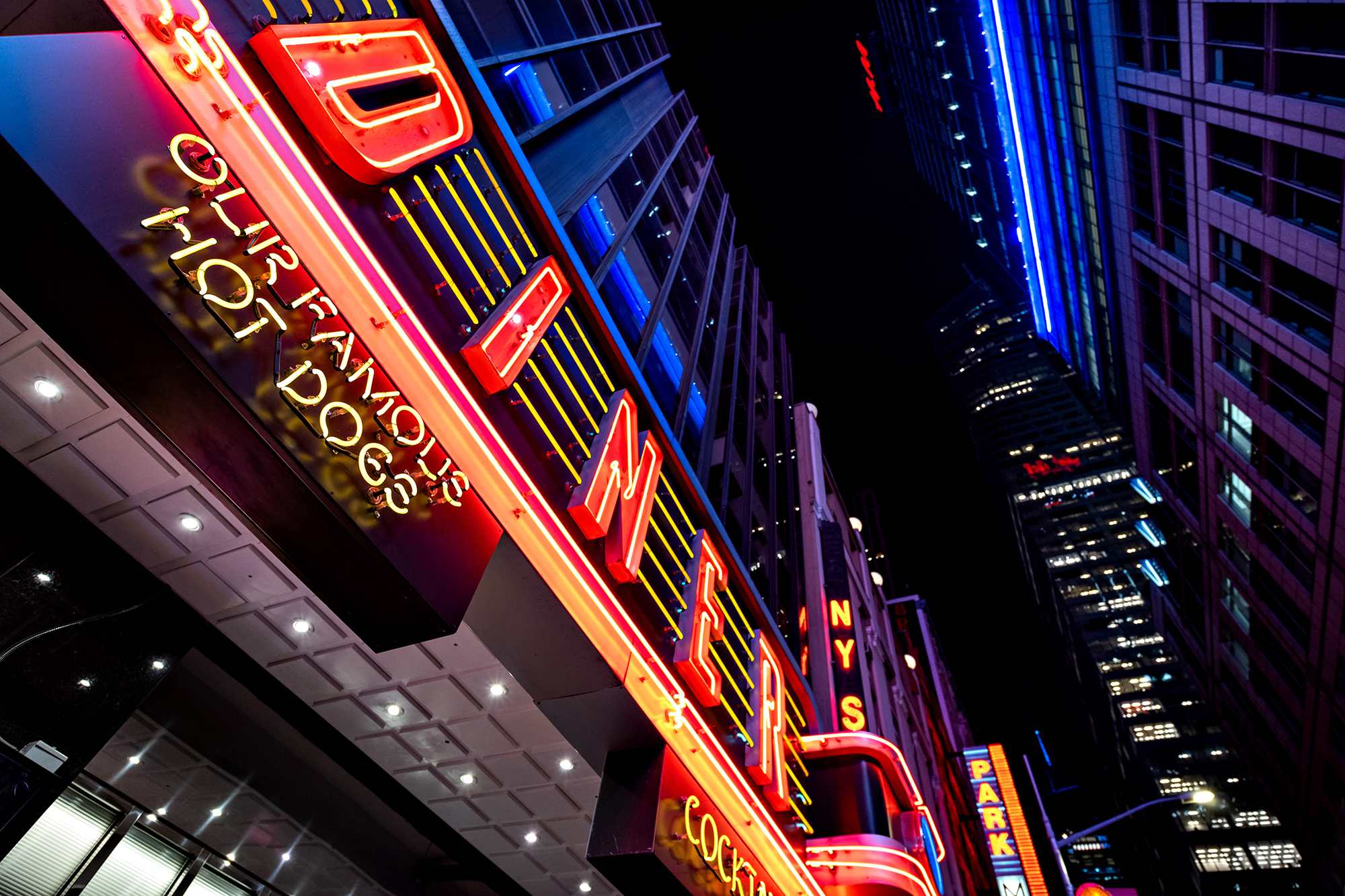
Wide-angle Zooms
Wide-angle zooms cover the focal length range from ultra-wide-angle to standard focal length. Ultra-wide-angle lenses let you get up close to buildings and other subjects while capturing the subject's environment, resulting in more dynamic shots. They are also ideal for unique portraits and wildlife shots, making the most of perspective.
11-20mm F/2.8 Di III-A RXD (B060) for APS-C sensors
17-28mm F/2.8 Di III RXD (A046) for full-frame sensor
17-50mm F/4 Di III VXD (A068) for full-frame sensor

Standard Zooms
A standard zoom lens covers focal lengths from wide-angle to small telephoto around 70 mm. These lenses are highly versatile and useful in a wide variety of shooting scenarios (landscape, portrait, street photo, lifestyle).
17-70mm F/2.8 Di III-A VC RXD (B070) for APS-C sensor
20-40mm F/2.8 Di III VXD (A062) for full-frame sensor
28-75mm F/2.8 Di III VXD G2 (A063) for full-frame sensor

Telephoto Lenses
Telephoto lenses allow photographers to bring the subject closer, making them ideal for events such as weddings and sporting events, as well as for bird and wildlife watching. They are also useful for photographing landscapes while hiking and ideal for portraiture.
35-150mm F/2-2.8 Di III VXD (A058) for full-frame sensor
70-180mm F/2.8 Di III VC VXD G2 (A065) for full-frame sensor
70-300mm F/4.5-6.3 Di III RXD (A047) for full-frame sensor
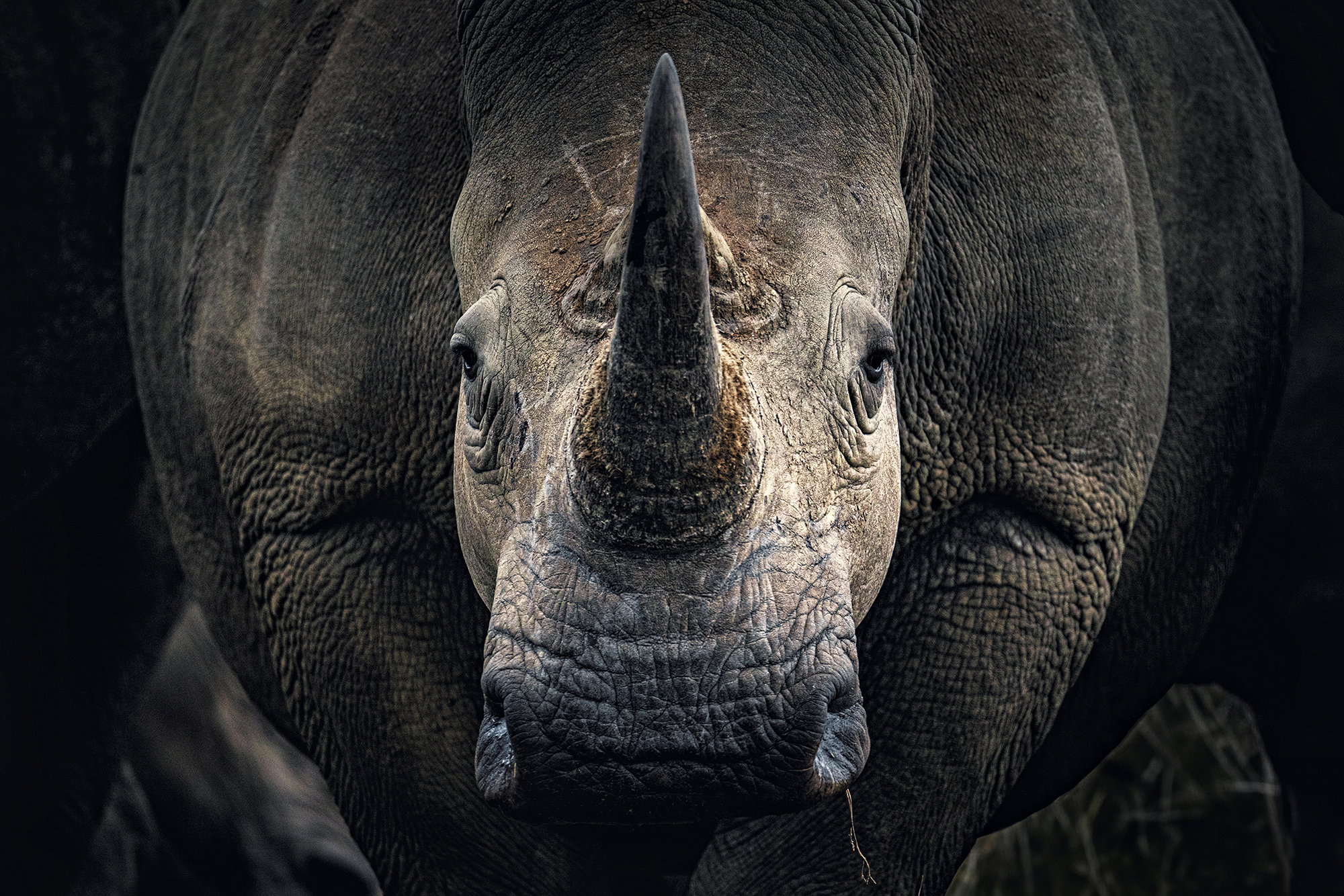
Ultra-telephoto Lenses
Ultra telephoto lenses let you get up close to distant subjects and are ideal for shooting subjects you can't get close to, such as wildlife, sporting events, and airplanes. At this focal length, the resulting images have a perspective-compressing effect, and bokeh is particularly pronounced.
50-400mm F/4.5-6.3 Di III VC VXD (A067) for full-frame sensor
150-500mm F/5-6.7 Di III VC VXD (A057) for full-frame sensor
Choosing the Right Lens
To choose the right lens, it's important to know what it will be used for (e.g., portrait, landscape) and to define the right focal length for that purpose. As we saw earlier, focal length is an important factor that determines the angle of view and therefore the rendering of the image obtained. A short focal length lens is a wide-angle lens, a long focal length lens is a telephoto lens, and a standard lens is somewhere in between. When choosing a lens, pay close attention to the focal length and select a lens suited to the subject or scene you wish to photograph.
TAMRON products mentioned in this article
150-500mm F/5-6.7 Di III VC VXD
Model A057
35-150mm F/2-2.8 Di III VXD
Model A058
50-400mm F/4.5-6.3 Di III VC VXD
Model A067
28-75mm F/2.8 Di III VXD G2
Model A063
70-300mm F/4.5-6.3 Di III RXD
Model A047
20-40mm F/2.8 Di III VXD
Model A062
70-180mm F/2.8 Di III VC VXD G2
Model A065
17-50mm F/4 Di III VXD
Model A068
17-70mm F/2.8 Di III-A VC RXD
Model B070